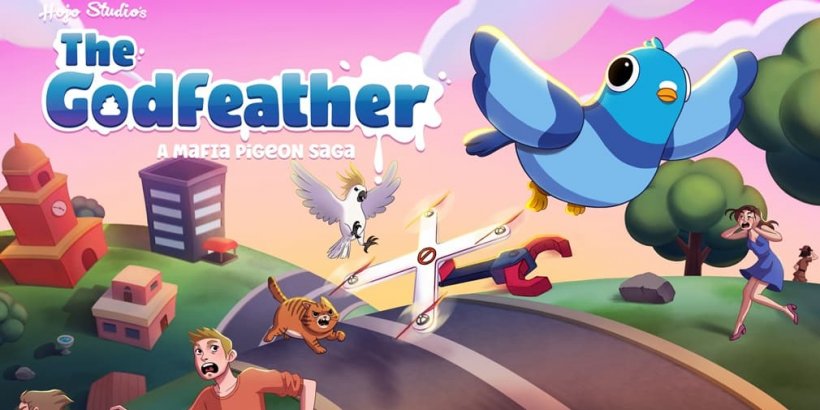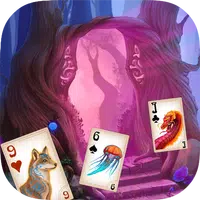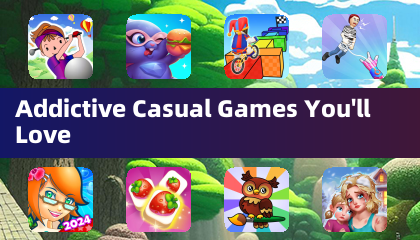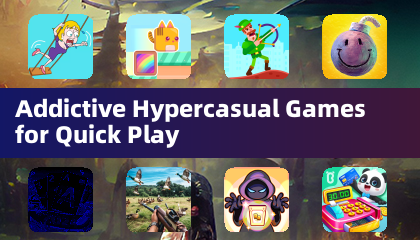The evolution of horror games presents a fascinating challenge: how to consistently generate tension and fear in a genre where familiar mechanics quickly become predictable. While innovative horror games are rare, a distinct subgenre—let's call it "meta-horror"—has emerged, characterized by its direct interaction with the player, breaking the fourth wall. This interaction elevates the gaming experience, transforming it into something truly memorable.
The concept of breaking the fourth wall isn't new. Psycho Mantis in Metal Gear Solid, a 1998 title, famously prompted players to put down their controllers, a revolutionary move at the time. Hideo Kojima further enhanced this by utilizing the DualShock controller's capabilities, revealing player data and amplifying the tension.
While subsequent games like Deadpool, Detroit: Become Human, and Nier: Automata have employed similar techniques, often the interaction is limited. Unless the interaction is integral to the surprise and gameplay, breaking the fourth wall often remains a mere novelty.
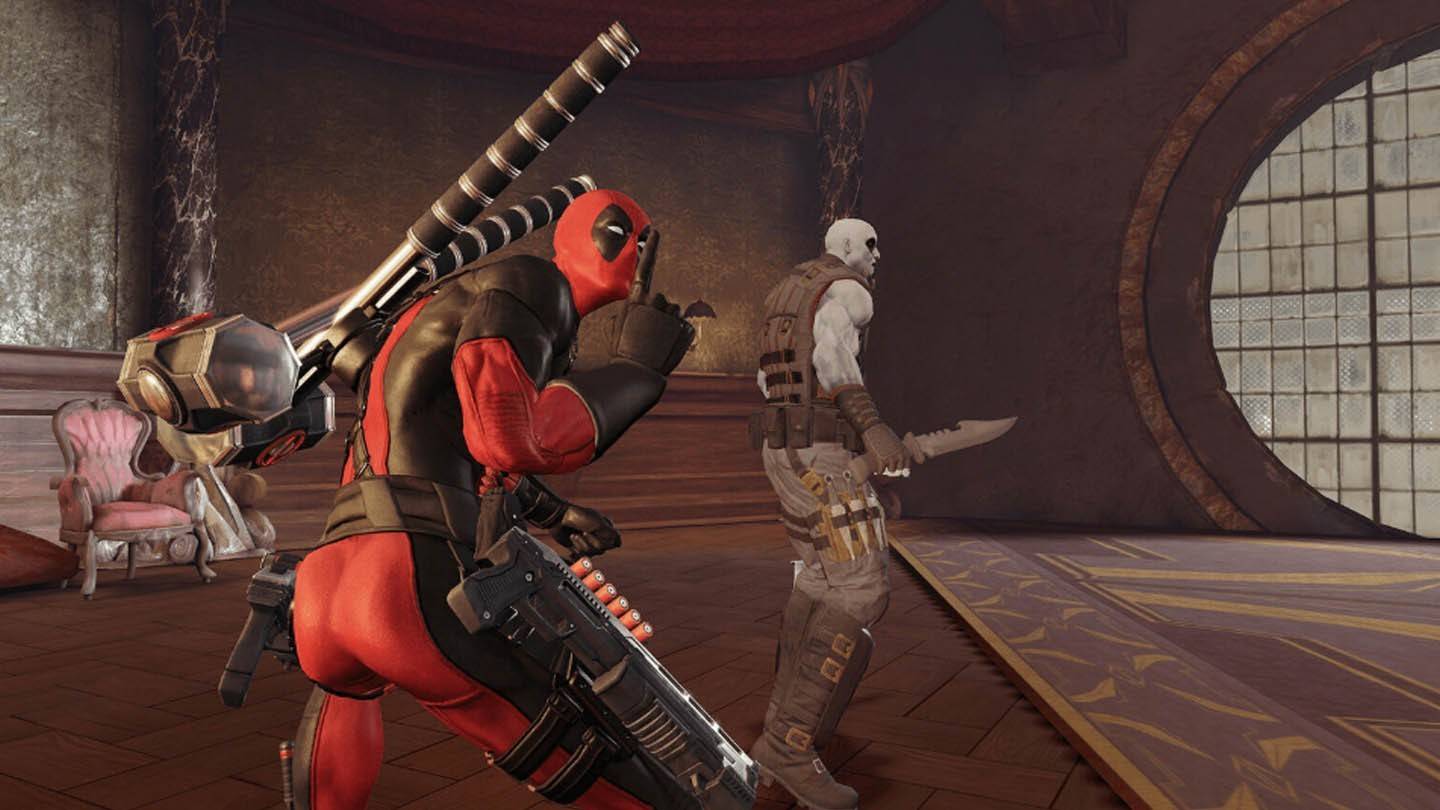 Image: reddit.com
Image: reddit.com
Recently, games like Miside have been categorized as "meta-horror," but their meta-elements are often confined to basic player interaction, sometimes complicated by nested game structures. This warrants further exploration in a future discussion.
Let's delve into some prime examples of meta-horror:
Table of Contents
- Doki Doki Literature Club!
- OneShot
- IMSCARED
- Conclusion
Doki Doki Literature Club!
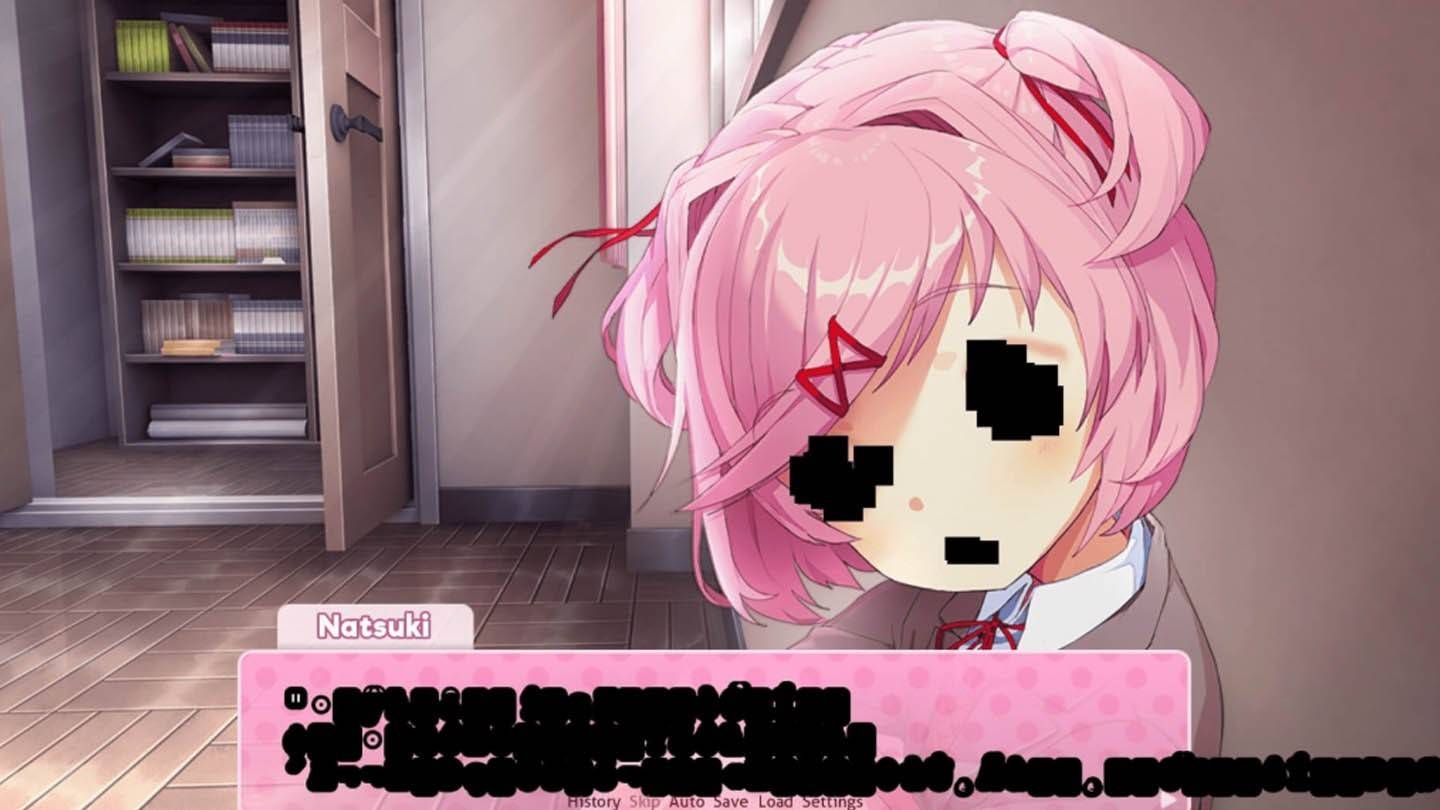 Image: reddit.com
Image: reddit.com
Initially presenting as a lighthearted dating sim, DDLC (2017) takes a sharp, unsettling turn. Its meta-horror elements extend beyond simple address; the game accesses your system username and creates files, seamlessly integrating these actions into both narrative and gameplay. This innovative approach, while not entirely unprecedented, solidified this style's popularity. Despite a lack of updates since 2017, it remains a fan favorite.
OneShot
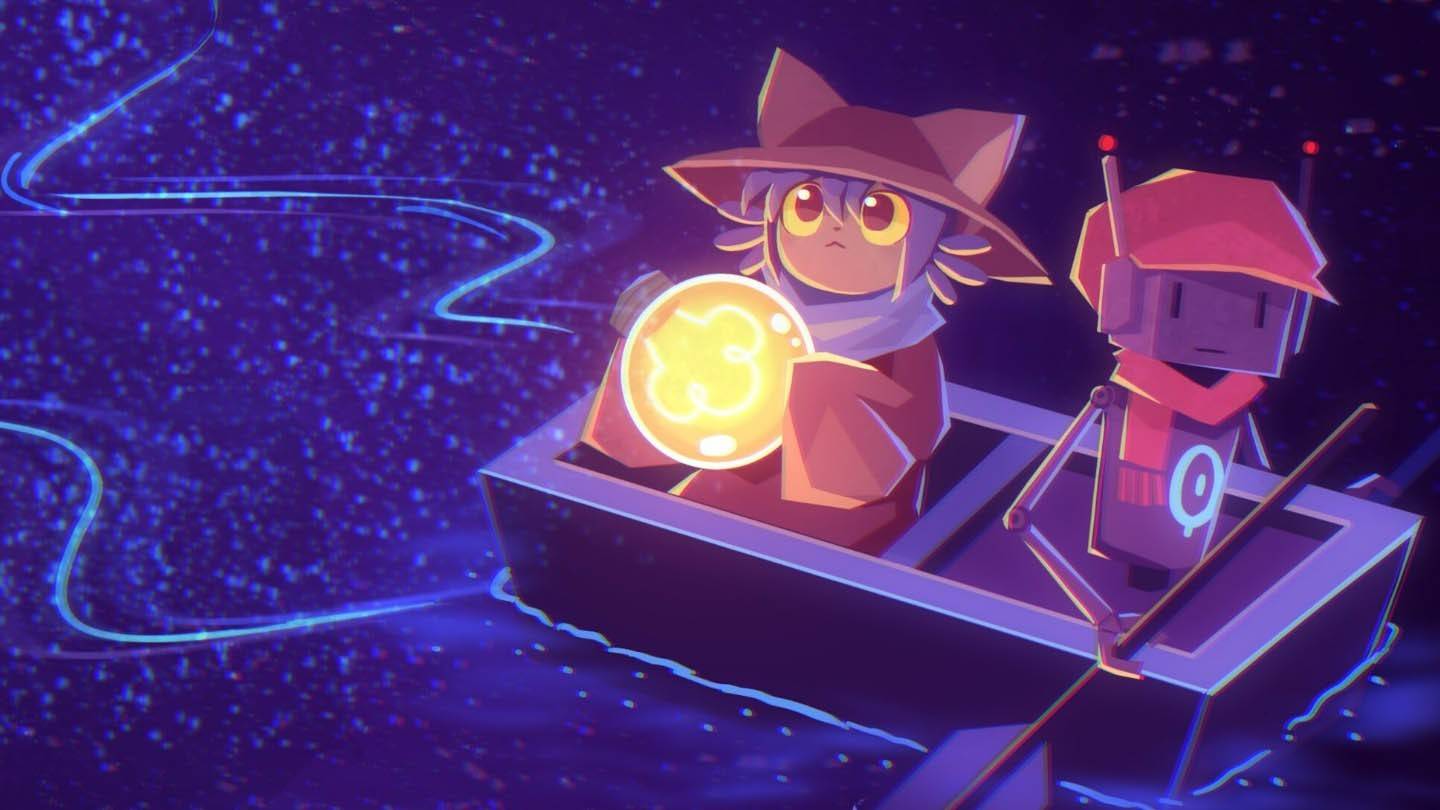 Image: reddit.com
Image: reddit.com
Moving away from visual novels, OneShot, an RPG Maker adventure, pushes the boundaries of meta-horror even further. While not explicitly marketed as horror, it features unsettling moments. The game directly interacts with the player through system windows, creating files, and modifying its own title, all vital to puzzle-solving. Unlike DDLC, OneShot fully integrates these interactions, creating a truly immersive and memorable experience. For many, myself included, it was a first introduction to this genre. Experiencing it firsthand is highly recommended.
IMSCARED
 Image: reddit.com
Image: reddit.com
IMSCARED is arguably the pinnacle of meta-horror. Its inclusion here isn't coincidental; it's the defining example that inspired this exploration.
Some might consider these games akin to viruses due to their system access and file manipulation. Reputable meta-horror games are not malicious; however, caution against disguised malware is warranted.
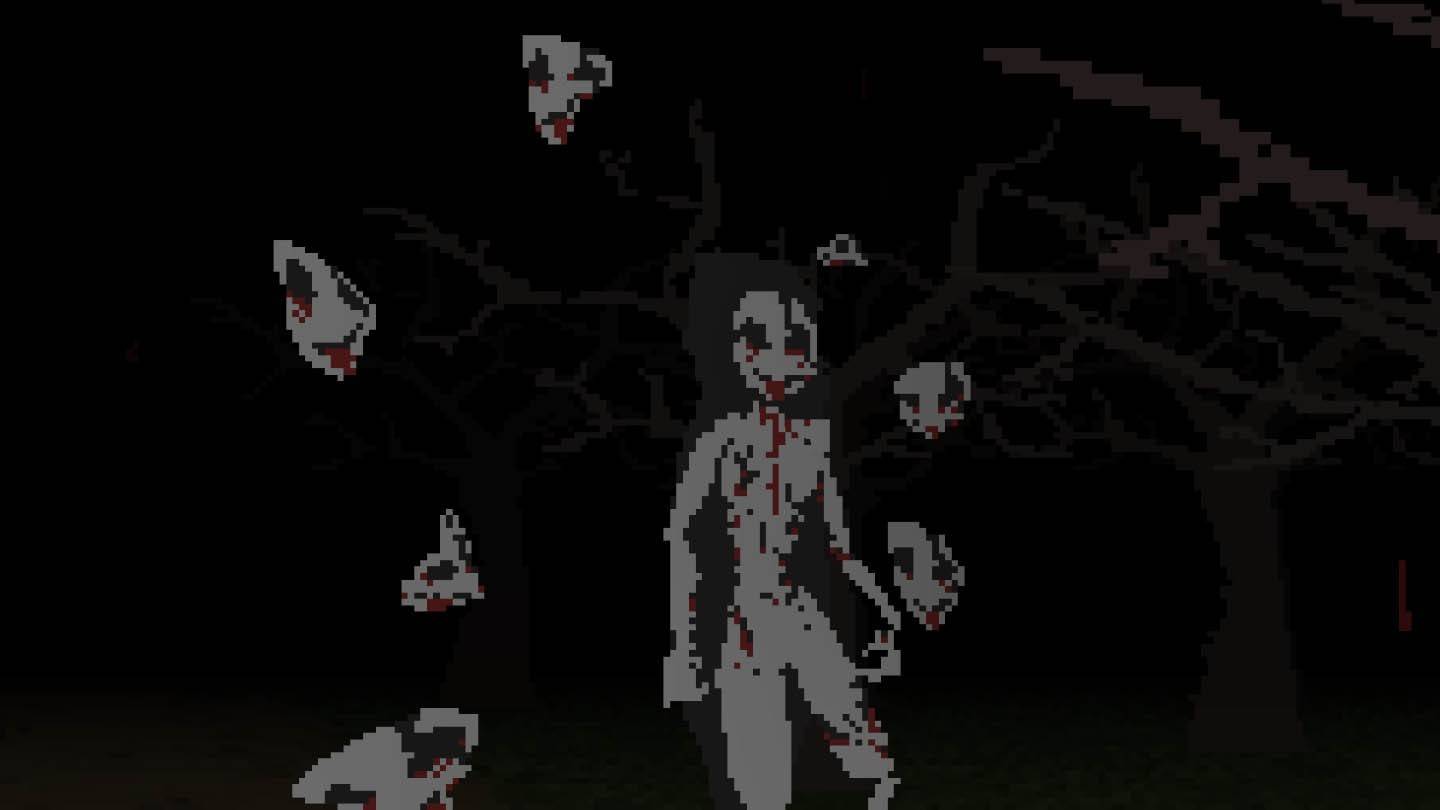 Image: reddit.com
Image: reddit.com
IMSCARED explicitly assures players of its harmless nature upon launch, addressing potential antivirus concerns. However, the experience is extraordinary. It presents itself not as a game, but as a self-aware entity, a virus interacting with the player. This concept drives the gameplay, manipulating the player through crashes, window minimization, cursor control, and file creation (both helpful and disruptive). Released in 2012 and continually updated, IMSCARED remains a compelling and terrifying experience, not just visually, but through its direct system interaction.
Conclusion
While many games utilize similar techniques, few master the art of meta-horror as effectively as these examples. The unique sensations offered by this subgenre make it worth exploring. If visual novels aren't your preference, OneShot and IMSCARED offer compelling alternatives. For those seeking unpredictable and survival-focused gameplay, Voices of the Void presents another intriguing option.


